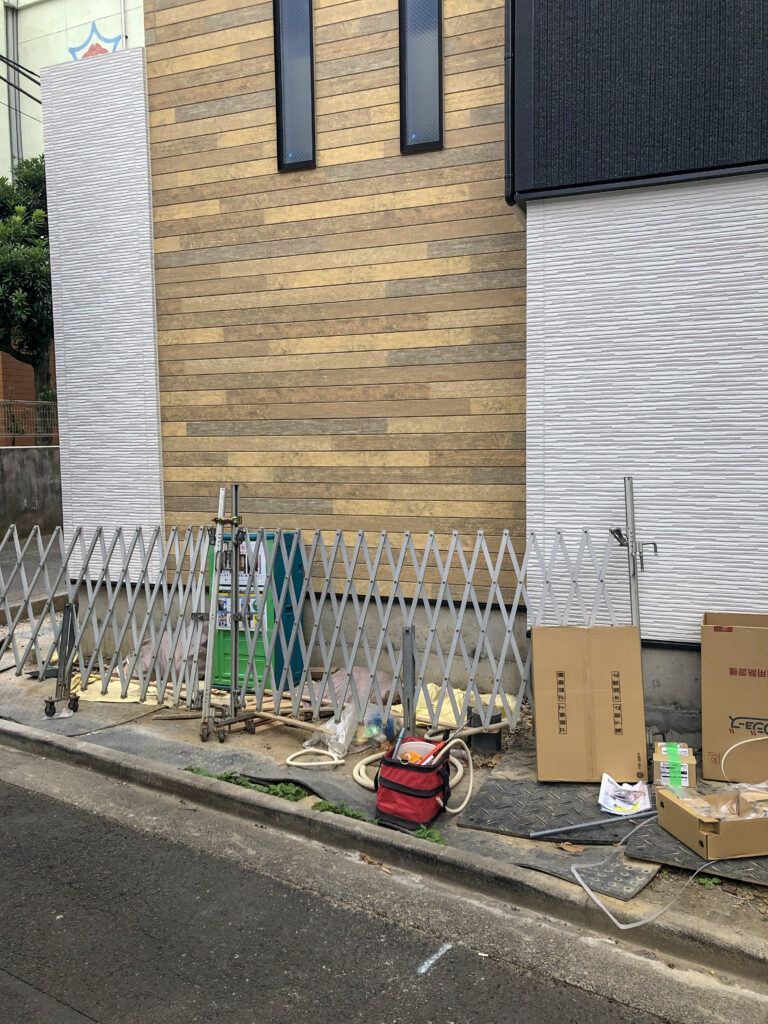
Home construction in Japan is either super-slow or super fast. I have seen houses built over a year and others overnight. It depends on the buyer and the seller, but usually, the seller makes the decision.
I was able to observe a house construction project that lasted about a year. This home was close to where I lived, so I was lucky enough to take several pictures for my readers to enjoy.
Demolition
Read the article on Japan’s home demolition here.
Demolishing some homes in Japan requires a simple earthmover, but the noise is unacceptable to the Japanese in densely populated areas. In these cases, construction workers will demolish the home by hand.
Neighborhood Notification
Weeks before construction starts, the construction company will hand-deliver construction notices to anyone close enough to be affected by the noise or the inconvenience of human or vehicle traffic stop.
Another construction notification will arrive a few days before construction starts and include an apology for any noise. The Japanese take noise and the inconvenience of others seriously. It’s a significant part of their culture.
If any harsh noise or inconvenience occurs during construction, a company representative will visit the area to visit each home and business to apologize personally for the issue. They will do a low bow and apologize while in that position.
Construction Start
Different construction crews work on each part of the house. Unlike other countries that have one construction crew, and they build the whole house. In Japan, you never see the same person in different parts of the construction. This construction worker schedule has been my experience after watching several home constructions.
Unlike America and other countries, Japan doesn’t have construction workers standing around watching people working. The whole construction crew works hard and fast to deliver the most quality in the least amount of time. I’ve never seen the contractor on-site, and the constructing workers never need supervising.
Foundation

The foundation is first and is measured using a string line. The foundation crew will then make a mold of boards and clamps. It’s not much to look at but highly effective.
Rebar to reinforce the concrete ensures the home will last for years to come. The rebar is premade and fits into place like Lego blocks. The construction workers make the job look easy, but it’s precise down to the millimeter.
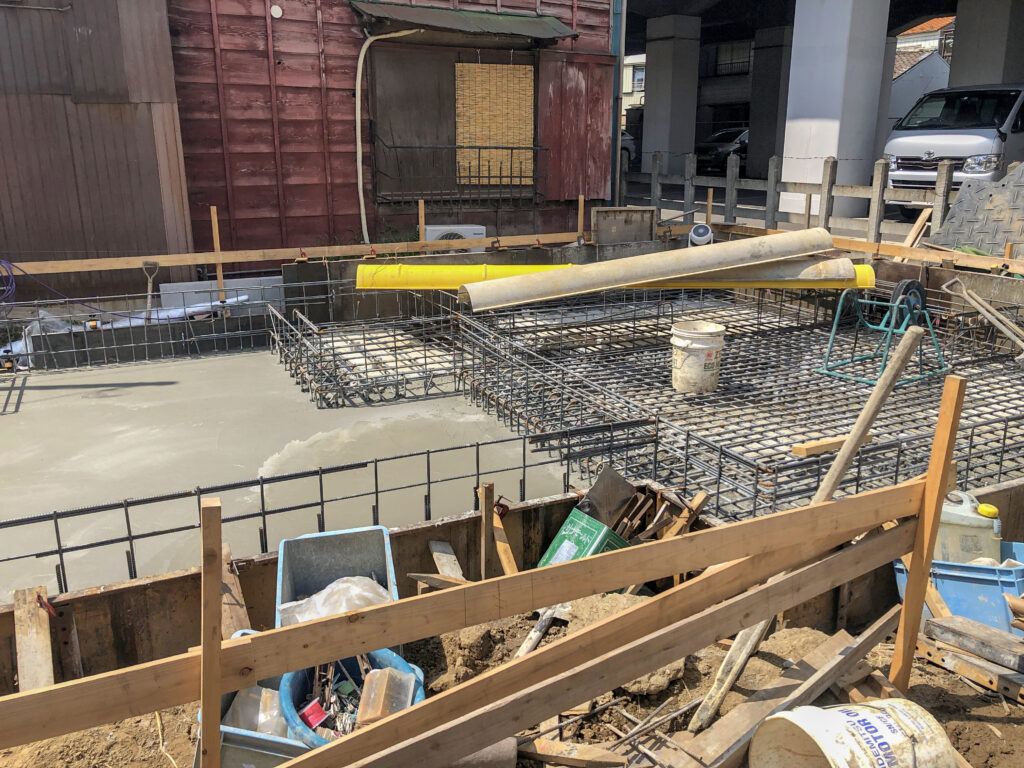
All of the water and sewage holes are pre-fitted before the concrete arrives. The concrete trucks are small and about a fourth of the size of American trucks. The reason is that these small trucks fit into all kinds of weird places. The Japanese will build a house anywhere, and it takes skill to fit a concrete truck into these places.
Once dry, the foundation is ready for the next phase. With the concrete mold removed, the construction starts on the living area.
The Blue Bubble
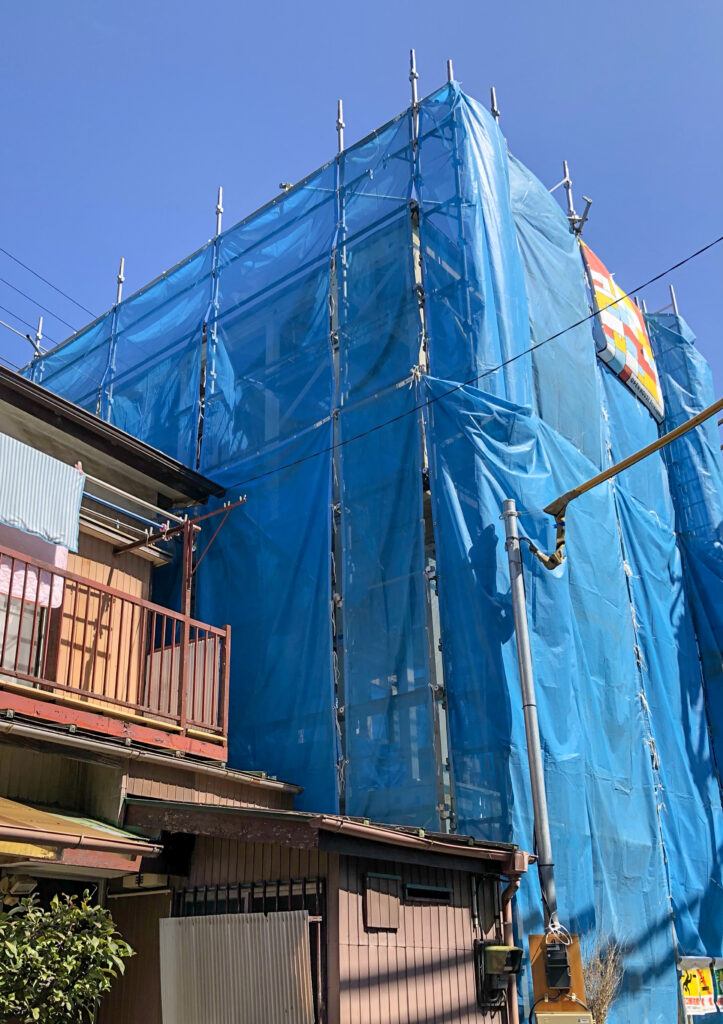
It’s not a bubble, but it looks like a giant blue balloon. I like to think of it as a protection bubble because there is an invisible zone around all construction in Japan, and if you cross that line, there will be people rushing to you, and they will ensure your safety.
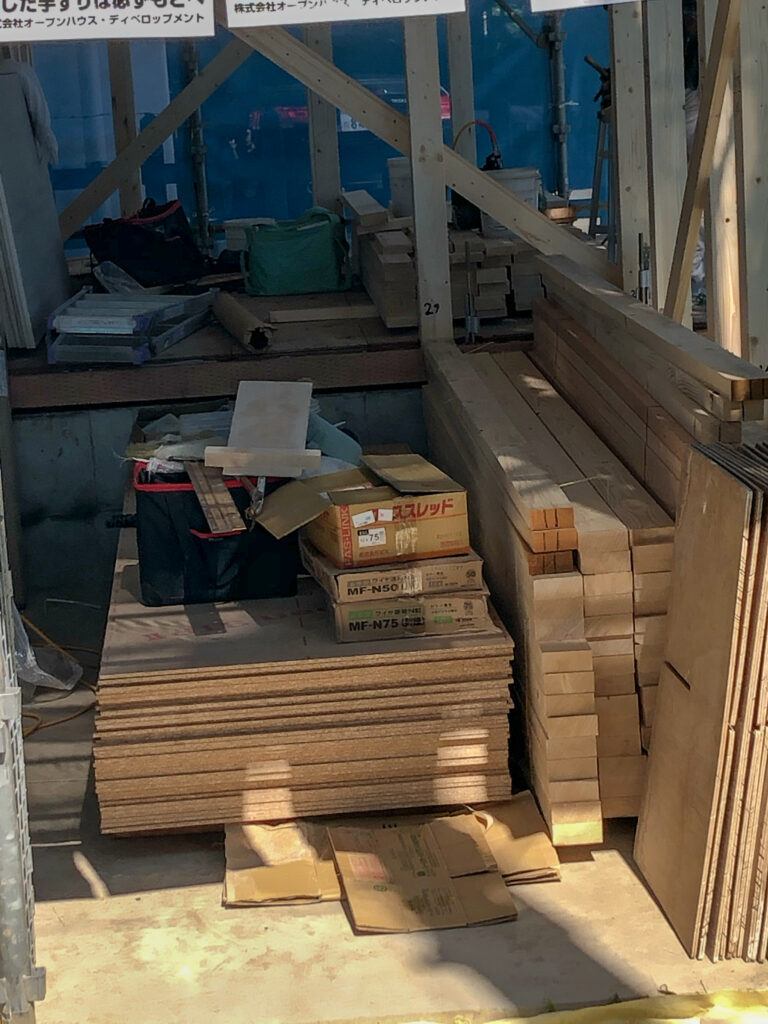
After the metal frame and color tarps are up, the house frame goes up, and then thin plywood covers it. Sometimes there is a layer of flat Insulation in between. Usually a half an inch.
After the house is airtight, the tarps are rolled and tied to the metal poles. This change allows the construction workers to bring supplies to the area they’re working on instead of all materials going through the front door. Air circulation is also essential in the summer, where the temperature often reaches 100+ degrees, and it’s like being in an oven.
After the walls are up, different contractors work on plumbing, electricity, gas, and anything that involves these utilities. The contractors keep the work simple with as many straight pipes and conduits as possible. Some houses, however, take shapes that require a more Imaginative approach to installing utilities.
The outside walls are sometimes applied while the utilities go in, but I’ve seen the exterior walls go up at different times. The exterior is easy to install because of the made to fit factory construction. The construction workers hang it in place and apply.
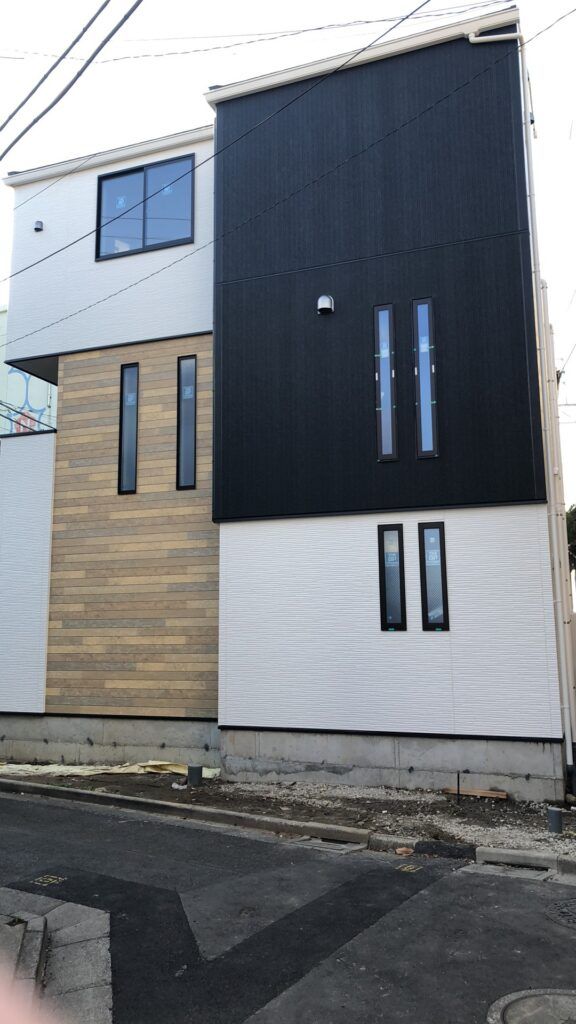
After the exterior walls are in place, the construction workers add items like the mailbox and security camera/doorbell.

The outside utilities go in next, and the meters are connected to the outside of the house. Gas shutoff valves are underground and easily accessible to the homeowner. The water heater is attached to the outside of the home if possible to save room inside.
A meter reader comes once a month, so the meters are in simple places.
Interior
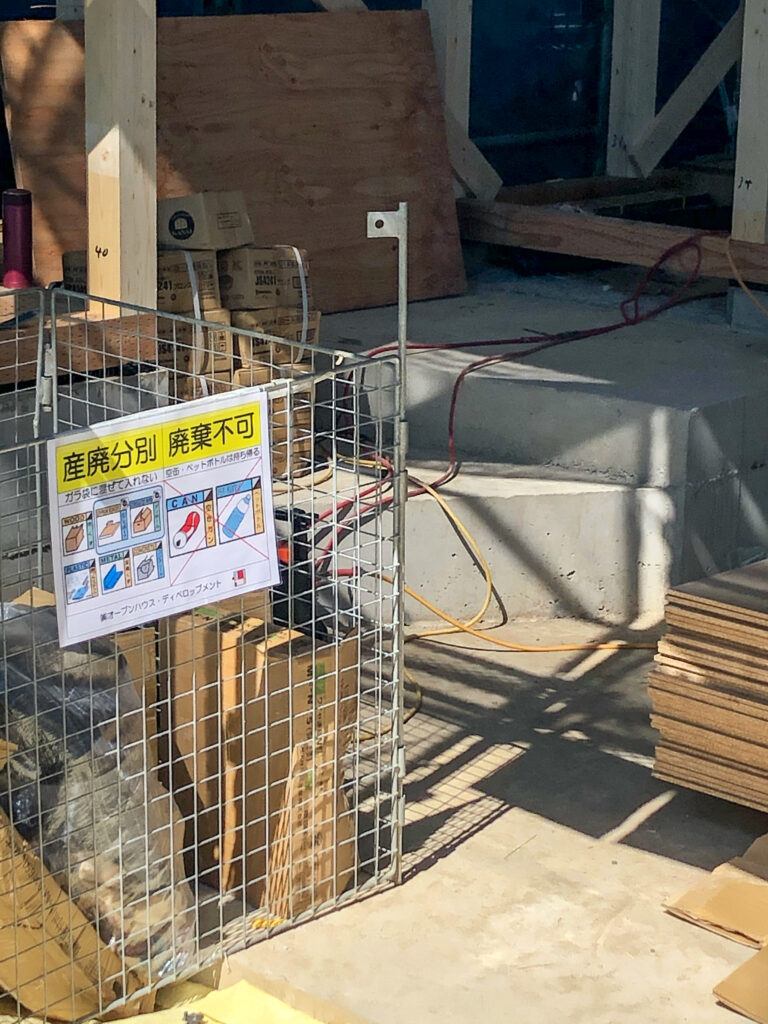
After the wires, fixtures, and Japanese toilet with heated seat and built-in bidet with a voice command chip are complete, the interior walls go up.
The process is straightforward and complete within a few days. Boards are measured and cut outside if possible, then carried inside to be installed. The frame is first, followed by the panels or plain sheetrock with wall mud.
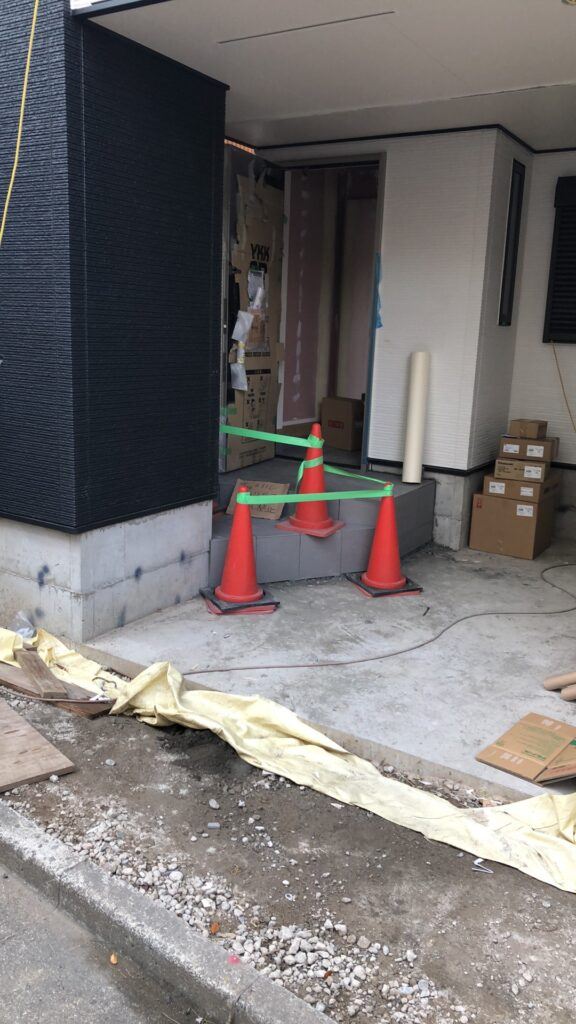
The drywall is brought inside during the external wall construction phase because it’s too large to get into the home’s small doorway.
Drainage

Once the living area is complete, the drainage system is next. Durning the home demolition, the old drainage system was ripped out and recycled.
New technology drainage will be up to the Japanese code and prevent standing water. A problem in the past that is years resolved because of the building code changes.
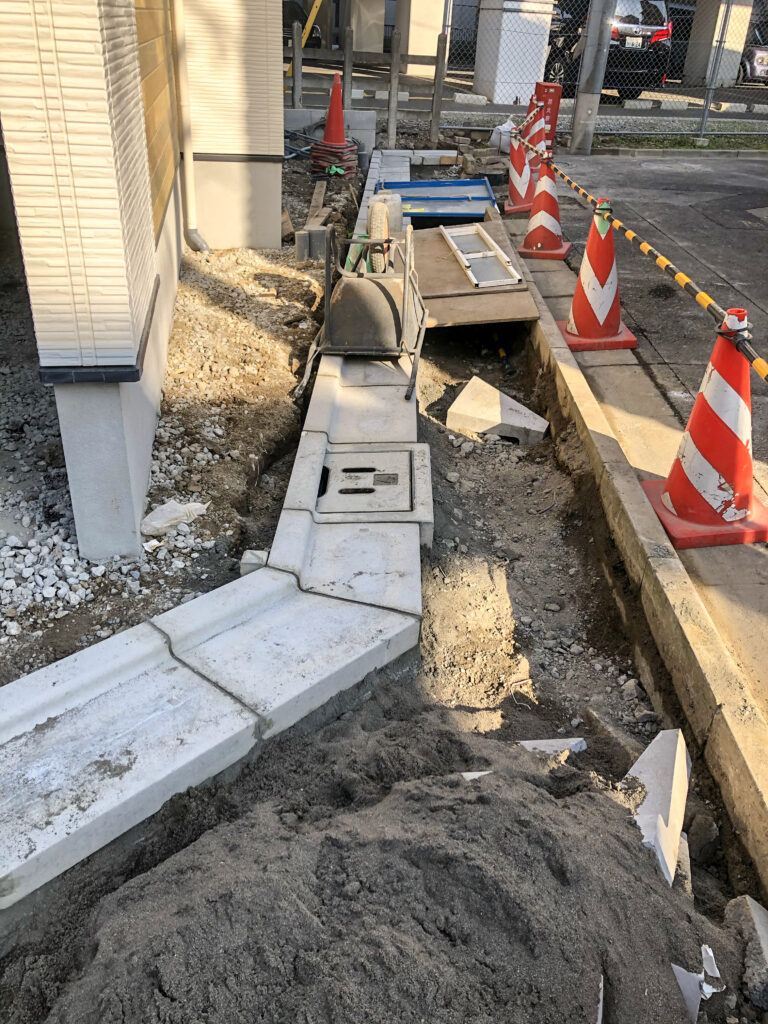
The process often involves tearing up a section of the roadway so the contractor can connect drainage pipes. After the connection, the contractor will cover the street with a blacktop mix and the housing area with a concrete gel-type mix.
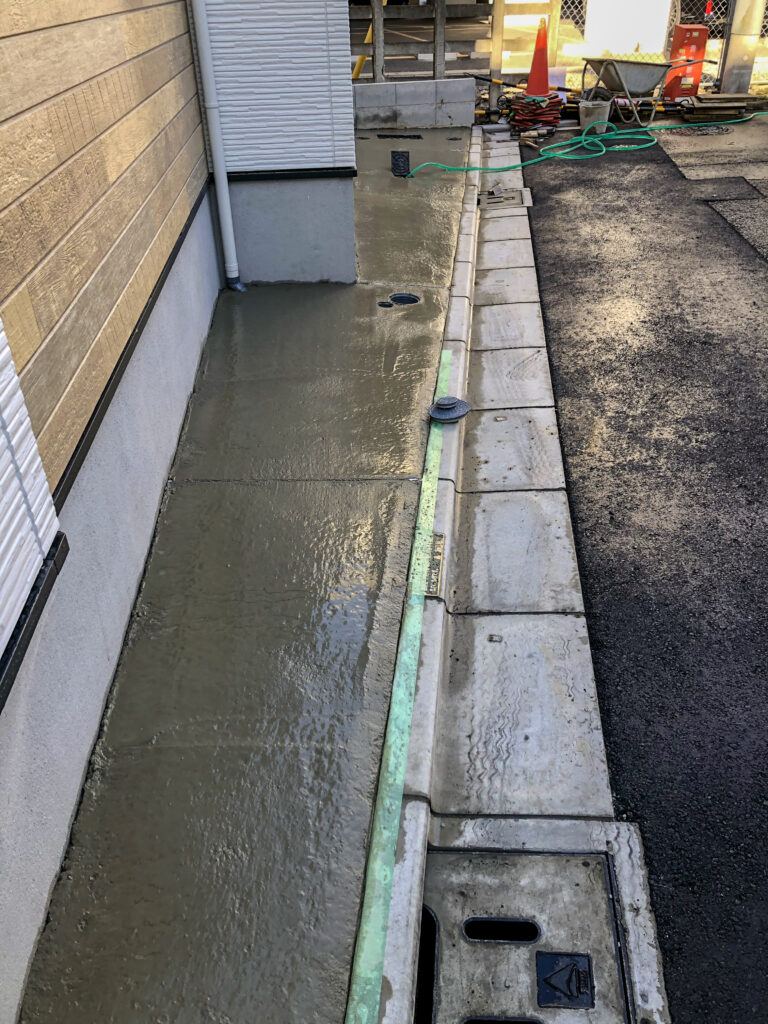
After the area is dry, it looks excellent, and vehicles can park or drive in either place.
At the same time, the contractor installs the concrete drainage blocks used throughout Japan.
The water drains through the drainage blocks into a drainage trough and away from the road. This change is a needed adjustment for this area because each time it rains, water fills the roadway.
Aircon Install
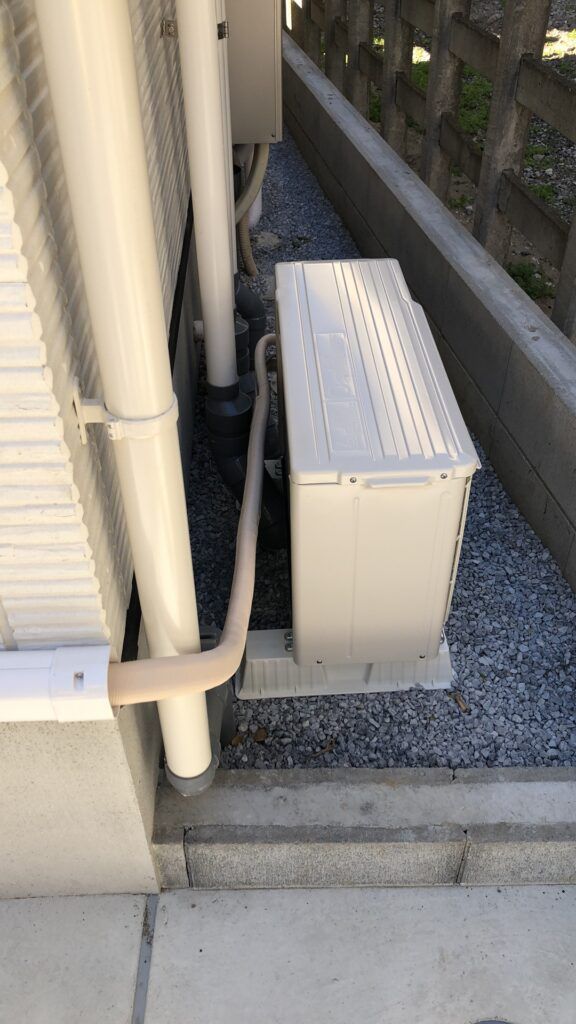
The home is complete except for the aircon. With the face-melting hot summers in Japan, aircon is the only relief.
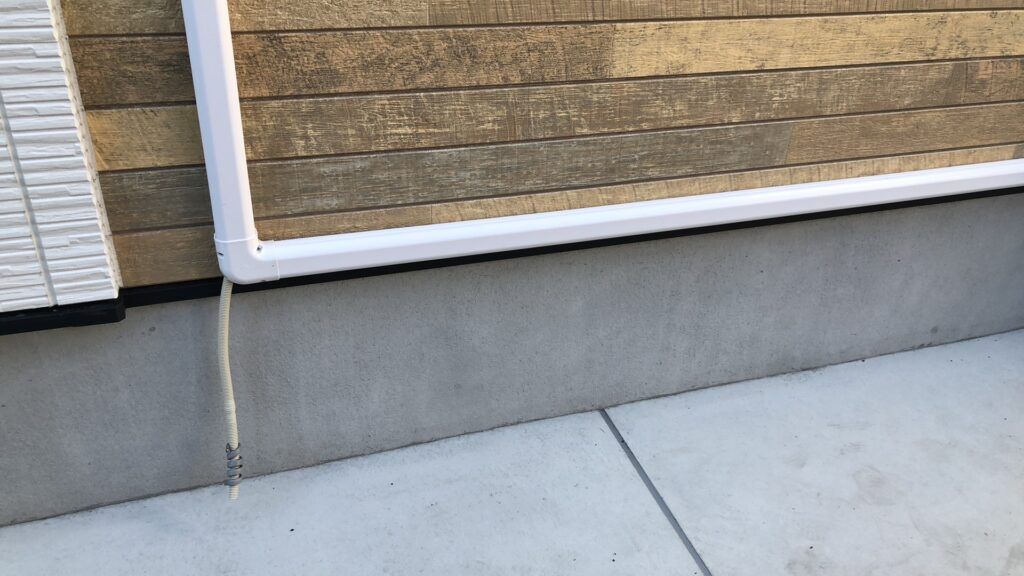
The aircon is at the back of the house. Tubbing is run outside to other levels because there is no airspace between the exterior and interior walls.
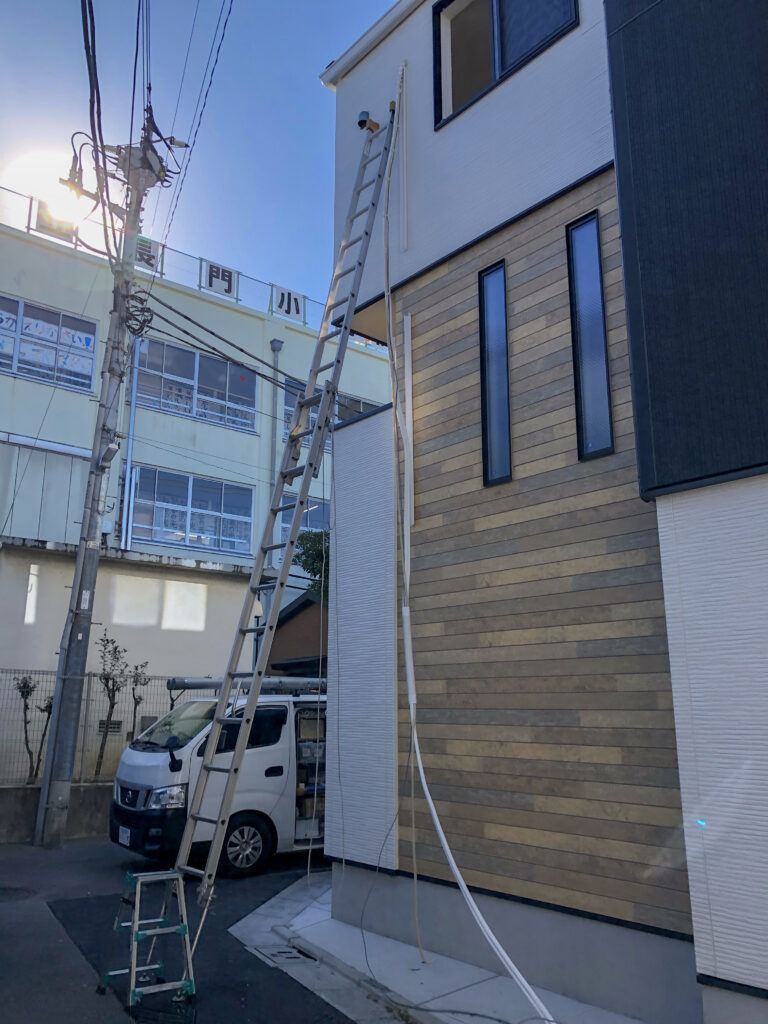
The tubbing is small and covered by plastic housing to ensure it stays in place and isn’t damaged.

Move-In
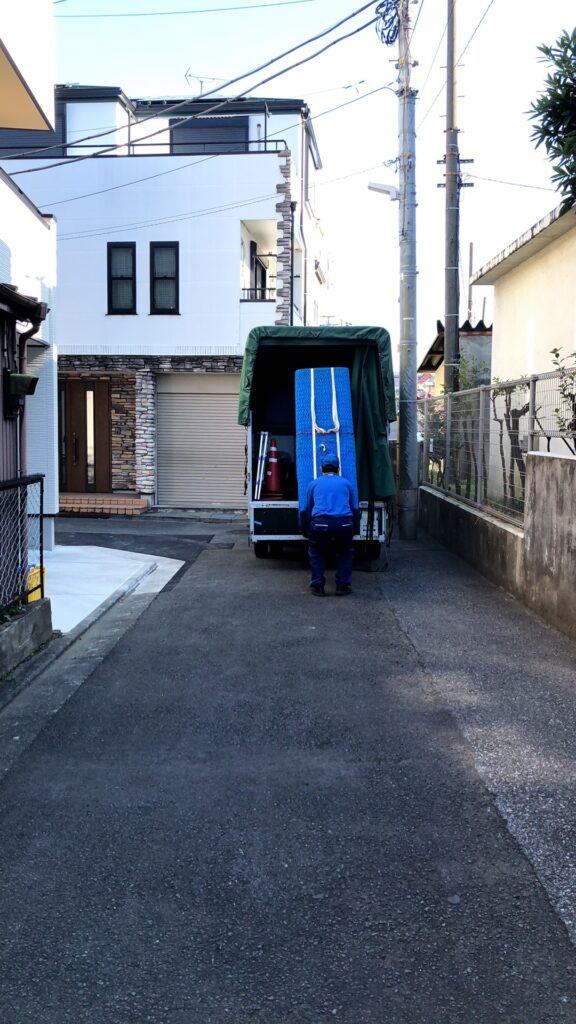
The home is ready for move-in day. A moving van pulls up to the house, and movers start unloading.
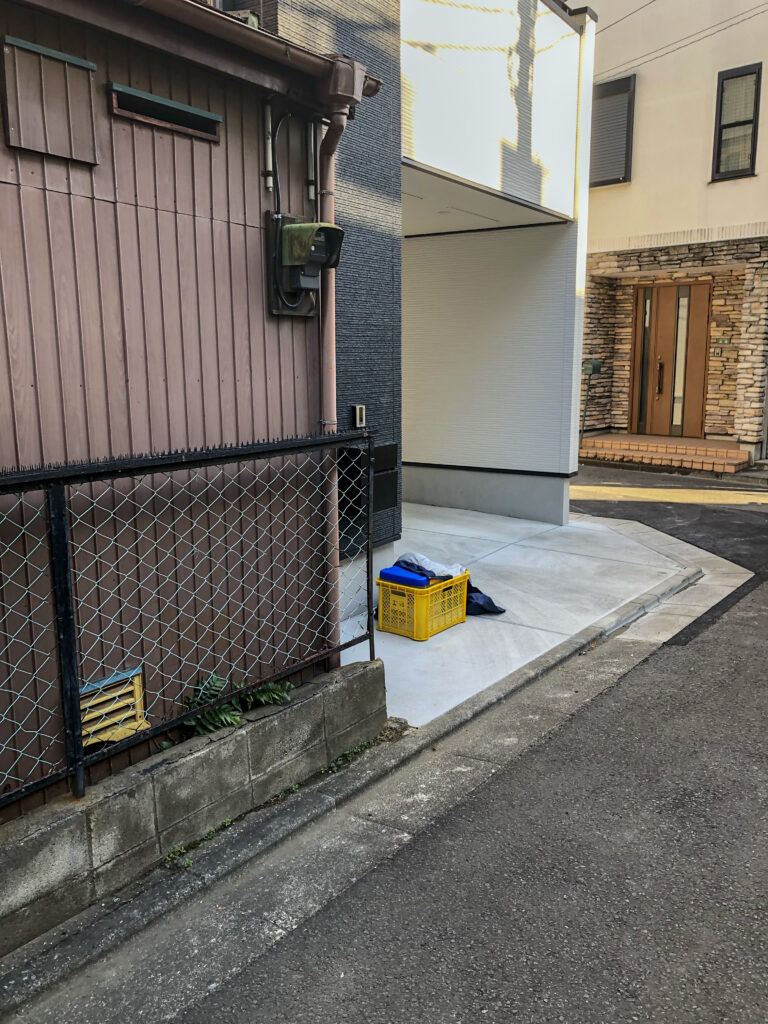
It’s been a long year of construction, but it’s well worth it after seeing the result. I’m sure the new owner thinks so too, and that’s what matters.
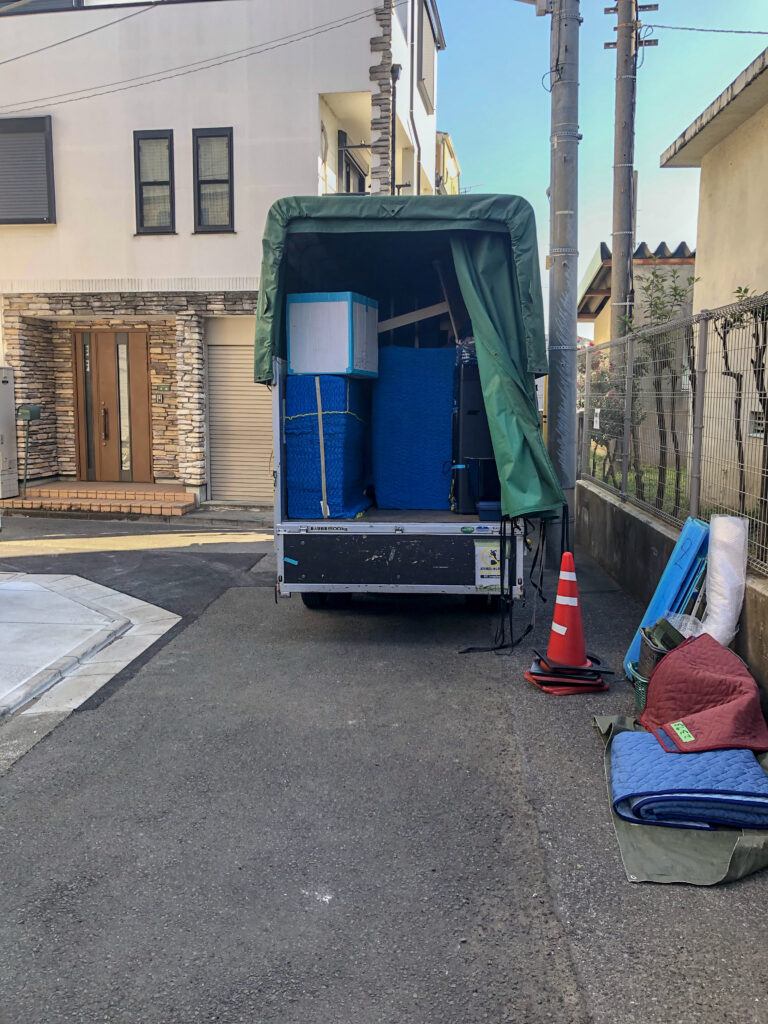
Read about home demolition in Japan here.
Do you have any experience with home building in Japan? Leave a story in the comment section below.
Have questions about home building in Japan? Ask your question in the comment section, and I’ll do my best to answer.
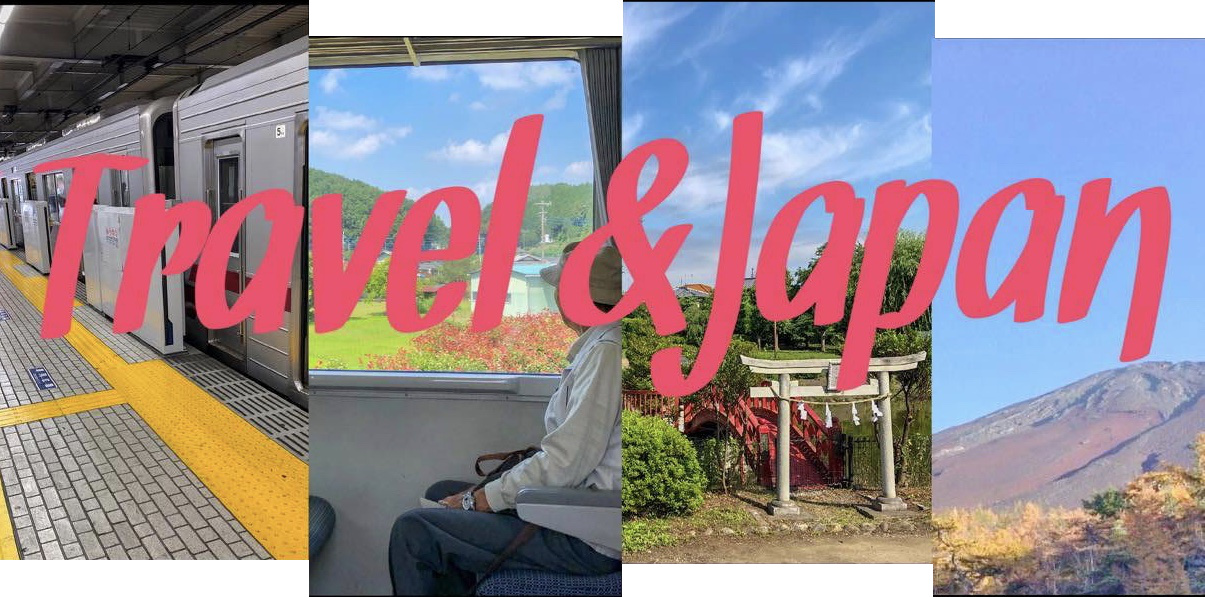
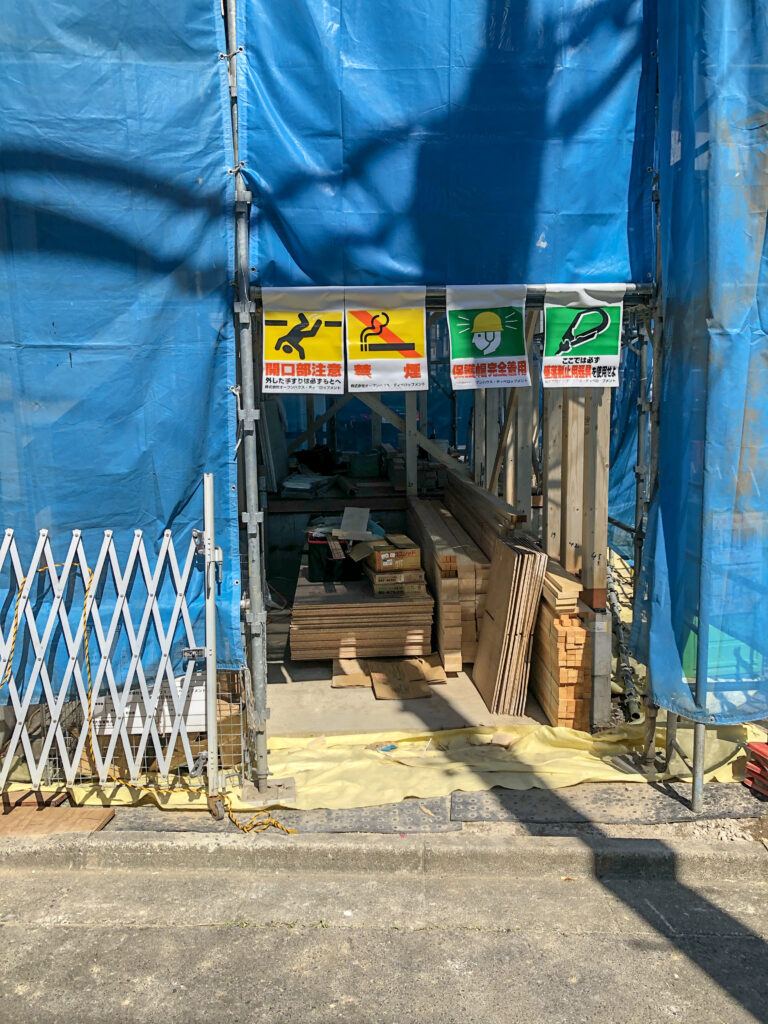
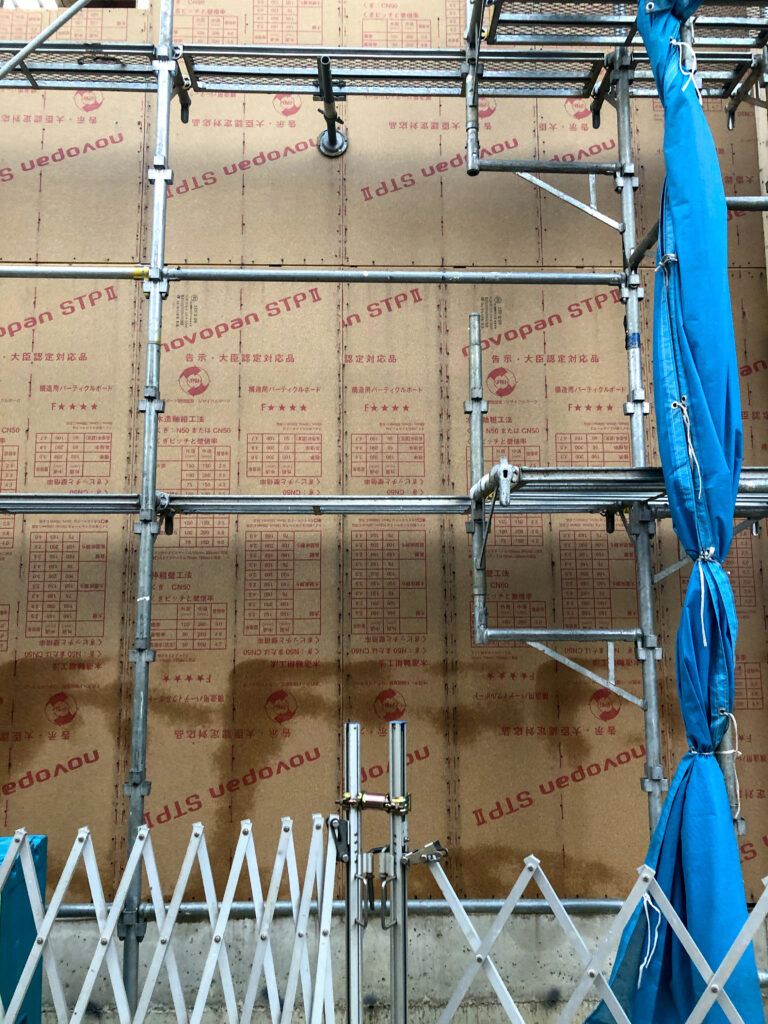
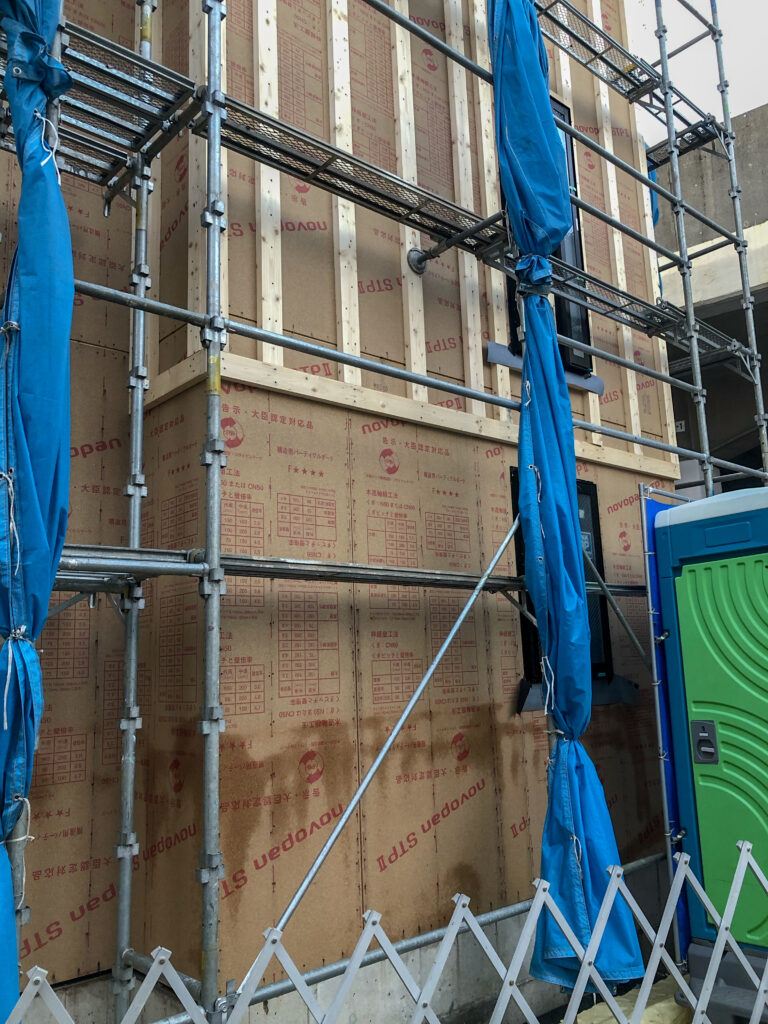
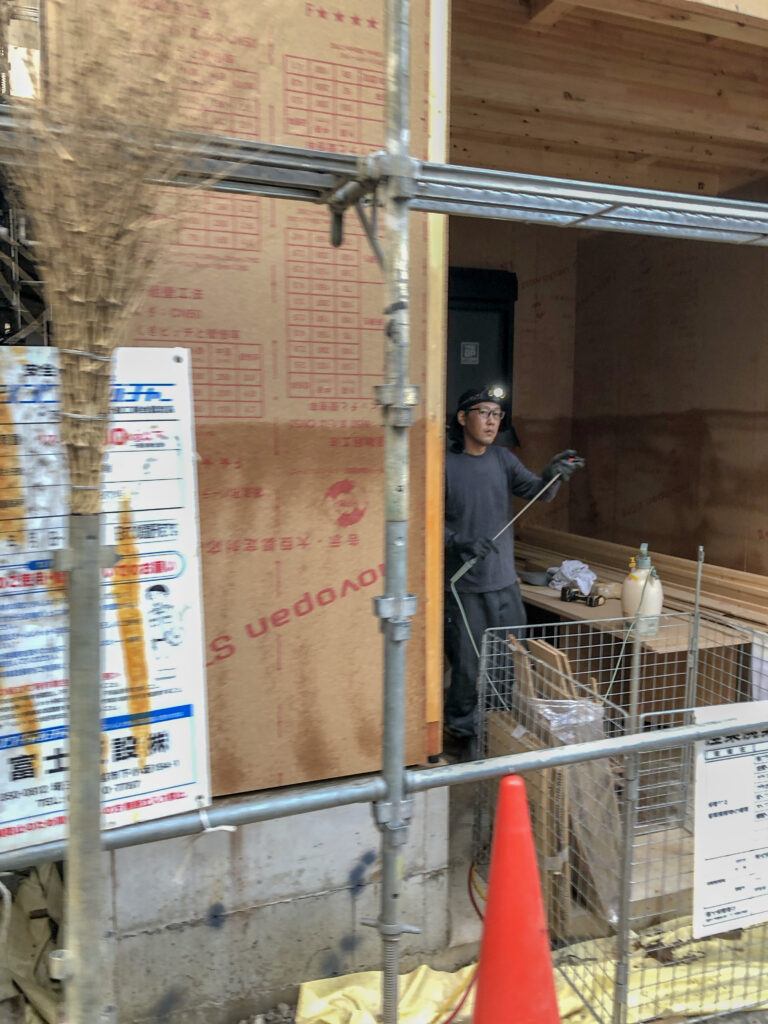
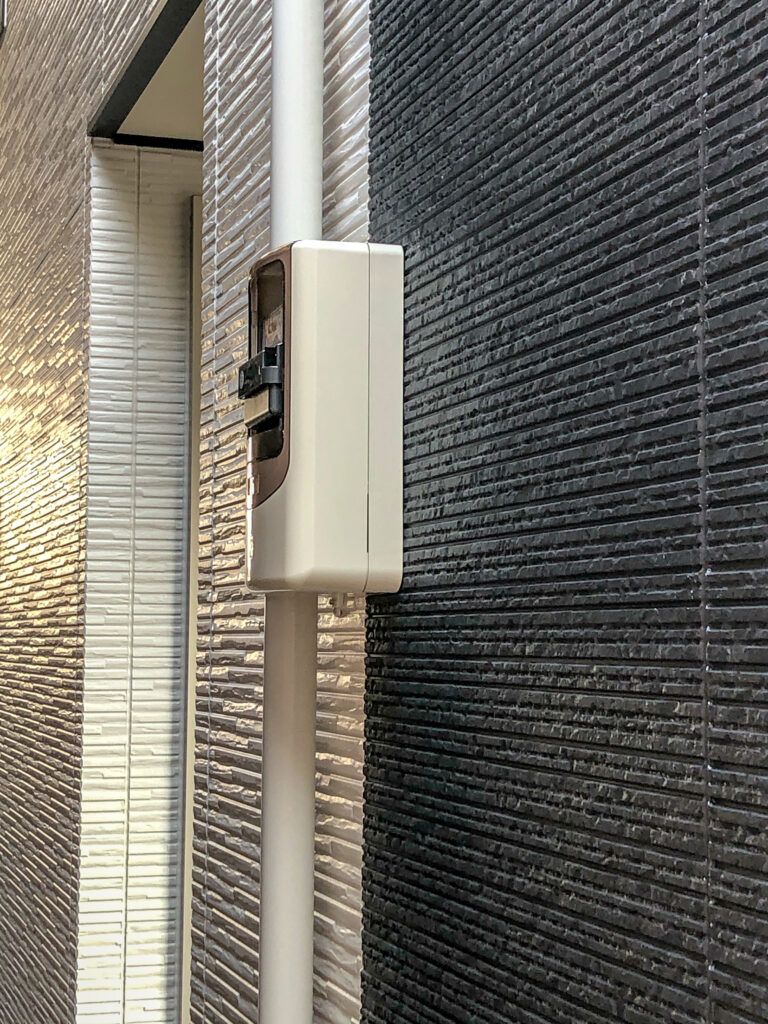
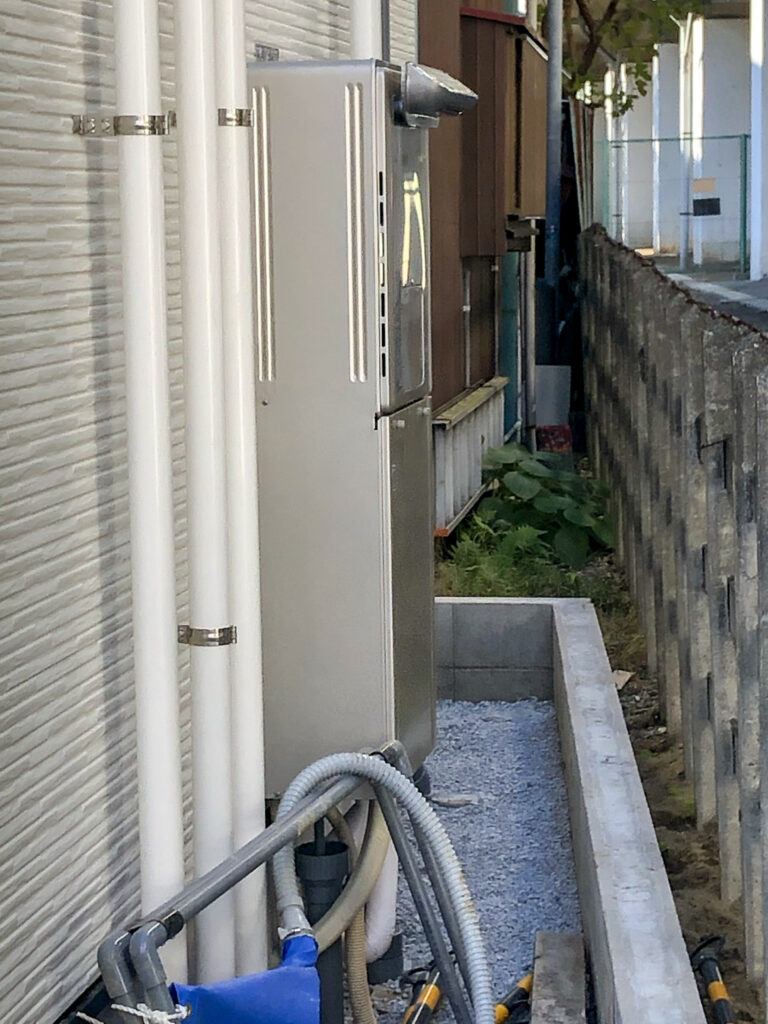
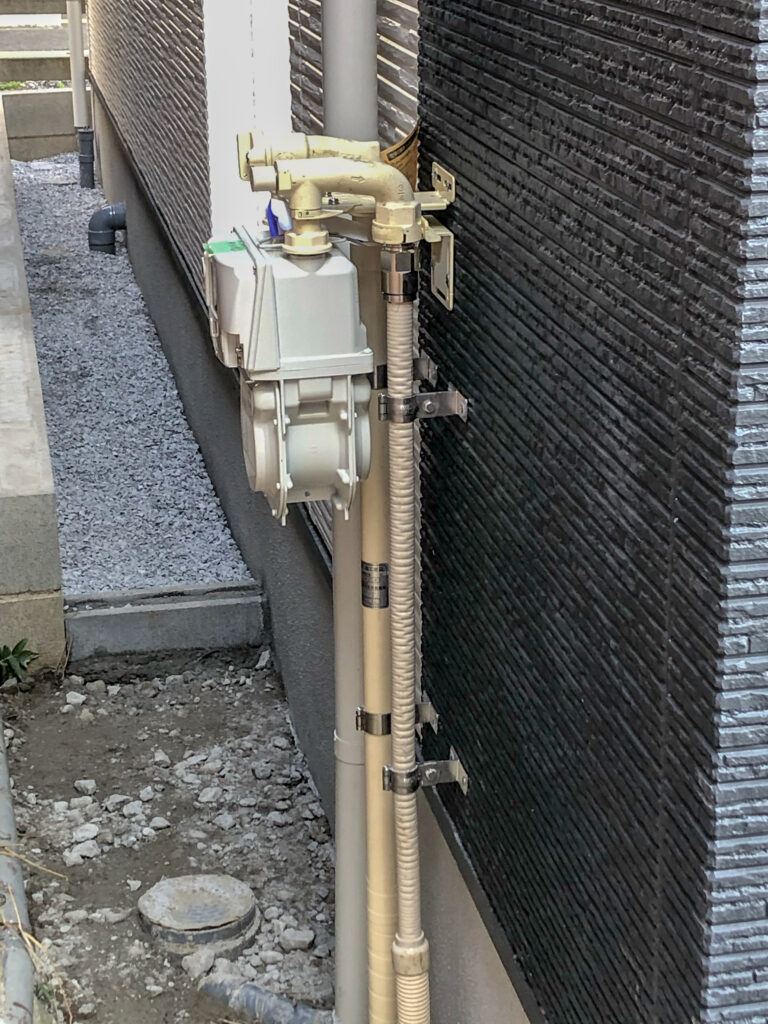
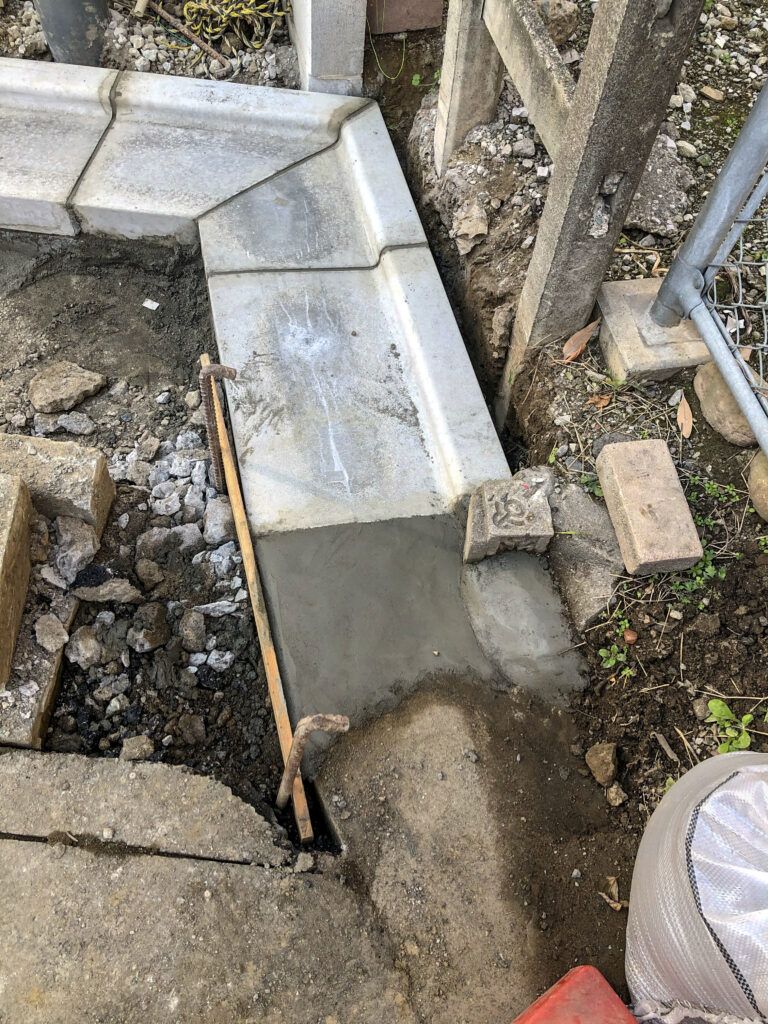
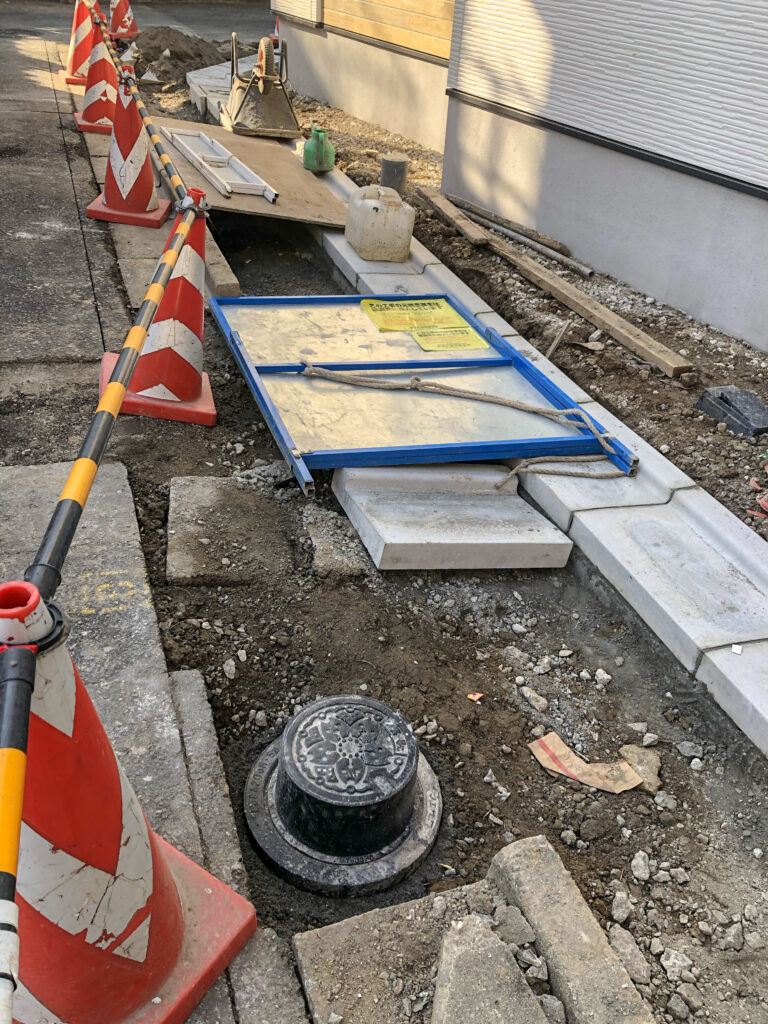
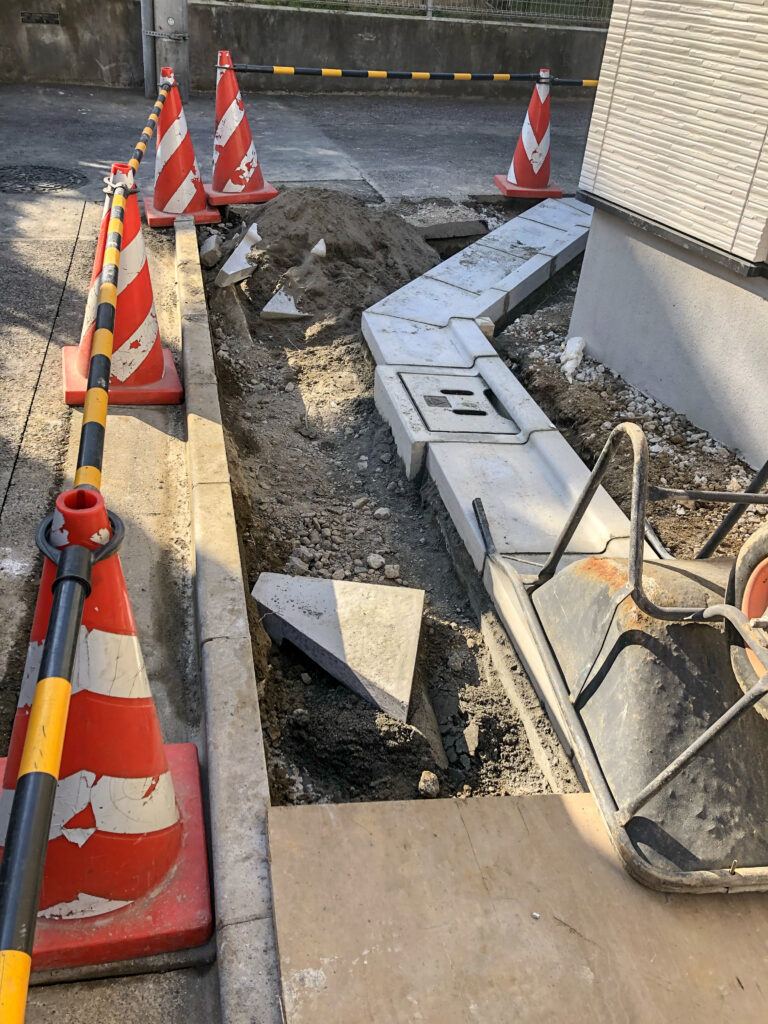
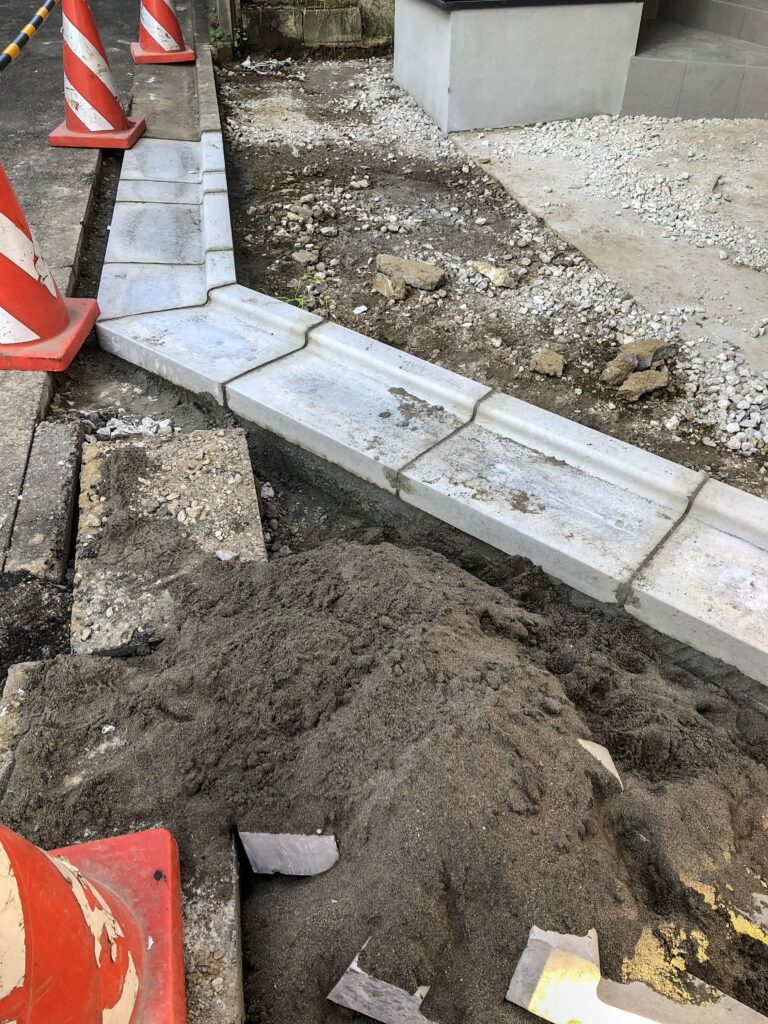
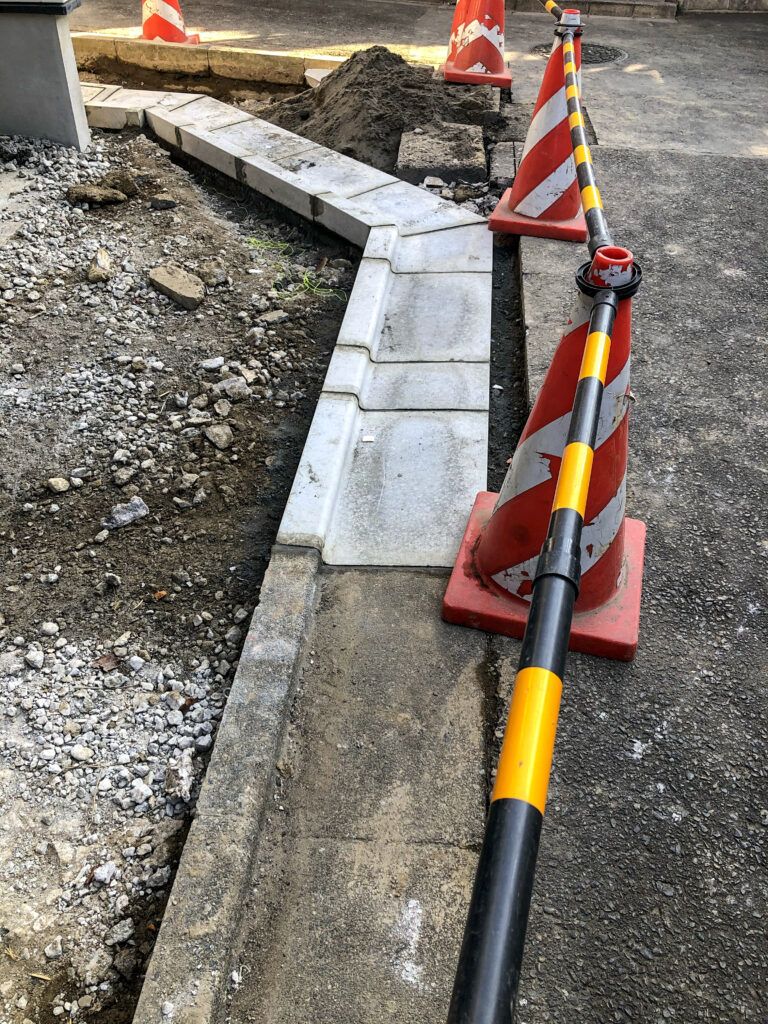
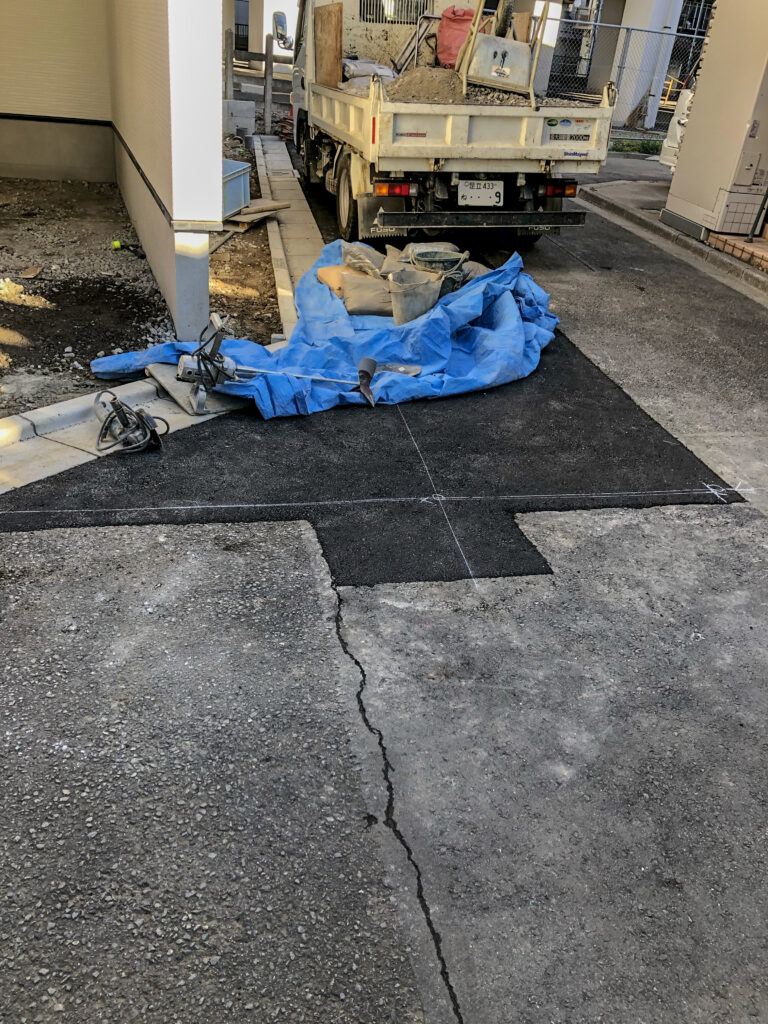
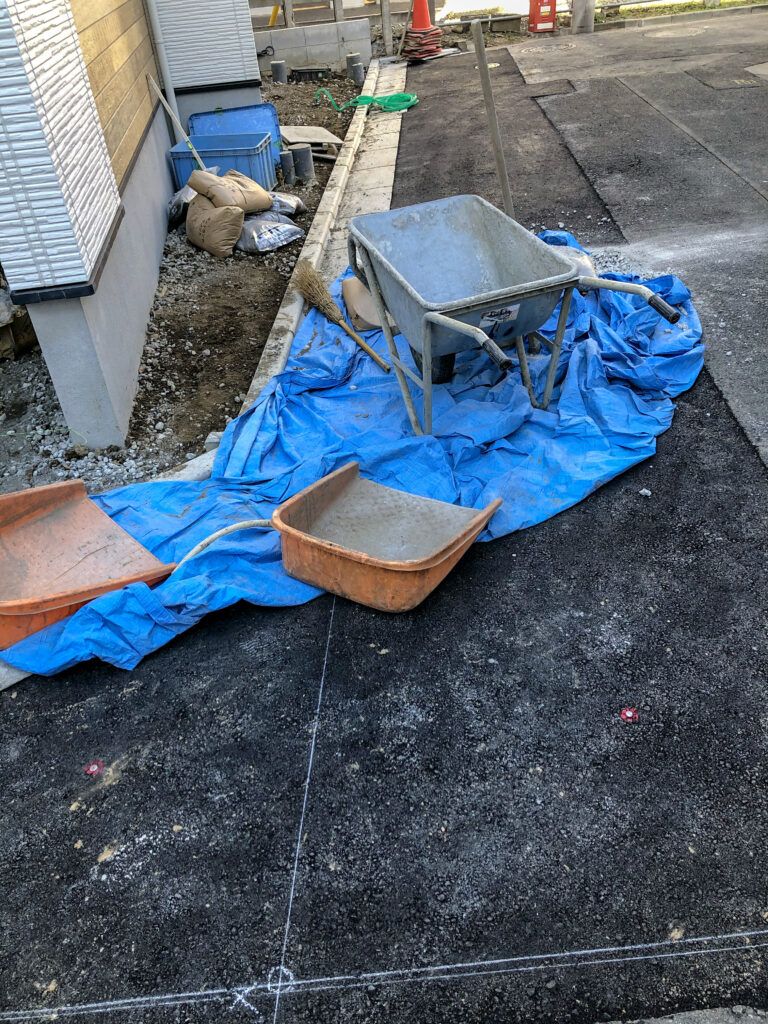
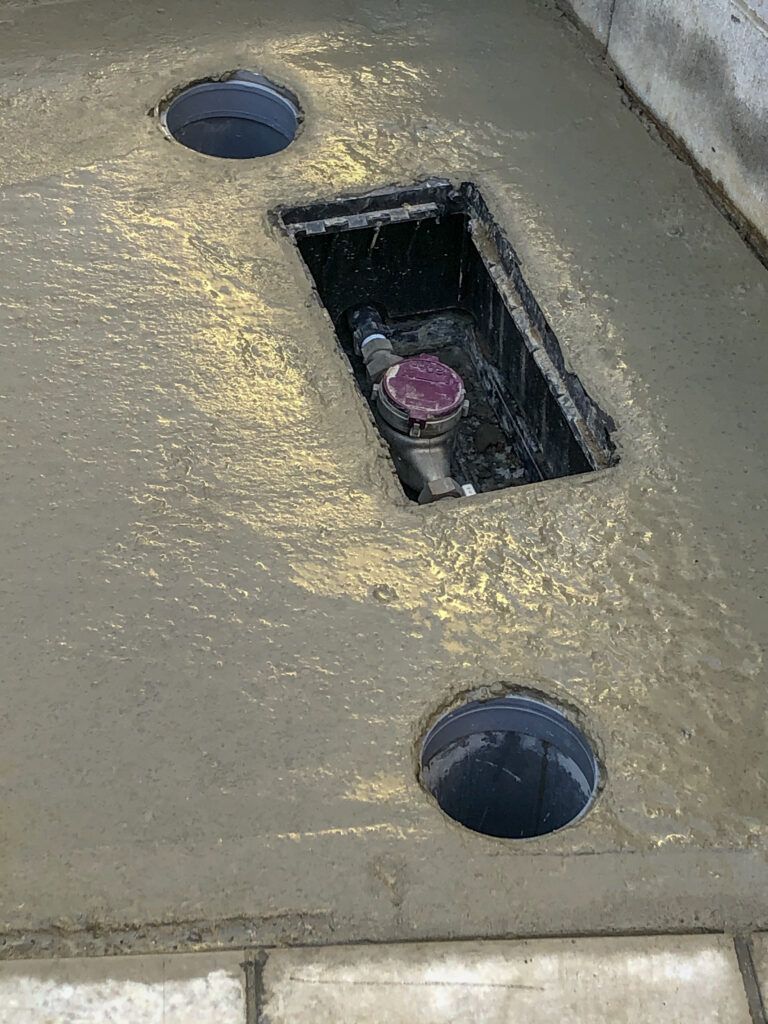
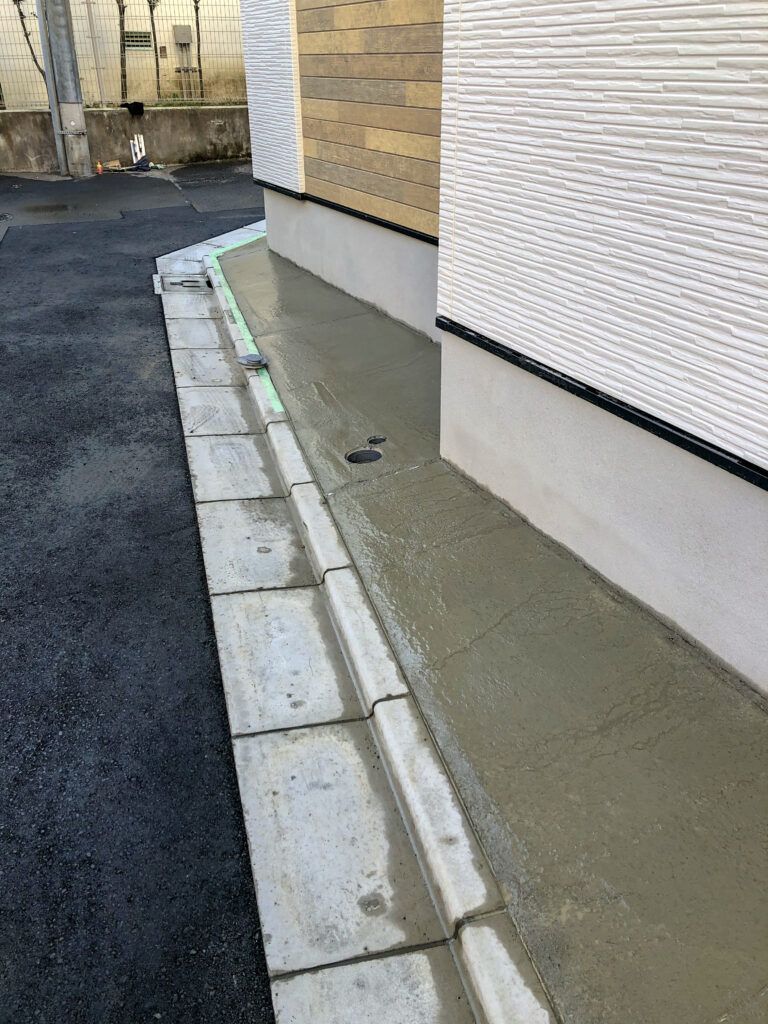
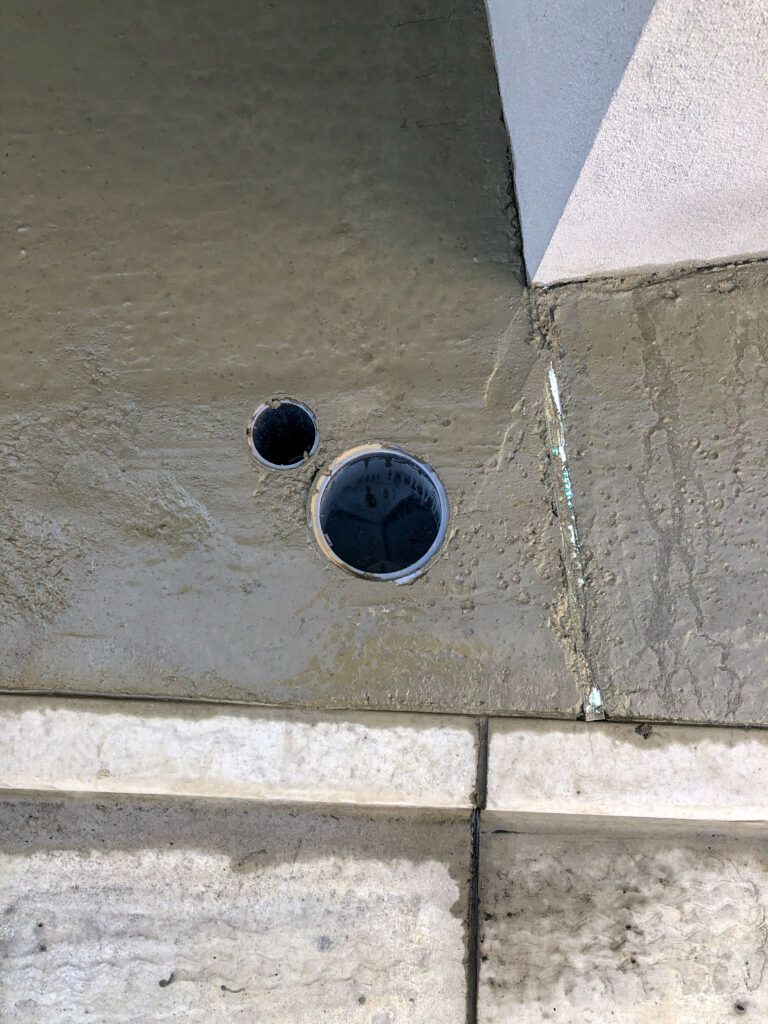
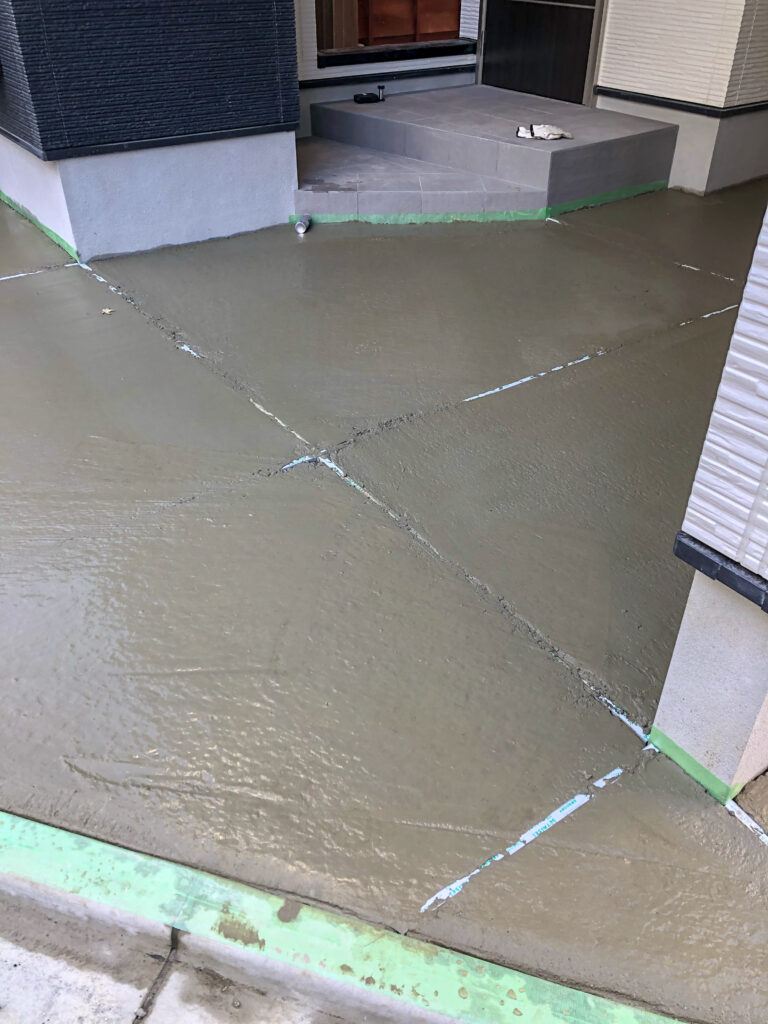
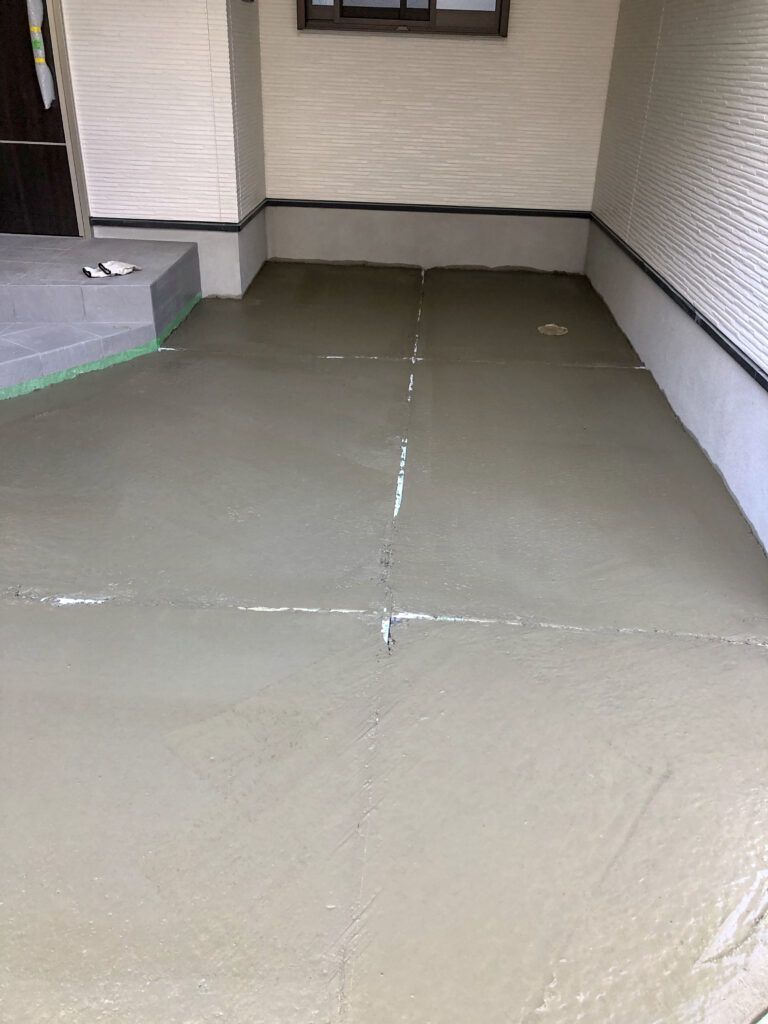



Enjoyed your article on Home Construction in Japan. Very informative.
Thank you! Glad you enjoyed the article.
Nice article about home construction in Japan. It took only a month when Japan builds a new house. I see that in several places in Japan and how Japanese workers are doing that in detailed information how to build it.
Thank you! The Japanese worker does very detailed work without the need for supervision.
Hi Michael. Thank you for interesting post. Japan is fascinating country, so much different from western societies and its interesting too see differences in their day to day work. I liked an approach of notifying about inconveniences related to construction noises. I would love to see similar approach in my neighborhood. I learned a lot from your article and looking forward for other related to Japan life and culture.
Thank you, Cogito, travelandjapan.com is full of stories about life in Japan. Try these articles next.
https://travelandjapan.com/sai…
https://travelandjapan.com/kam…
https://travelandjapan.com/ill…
Thank you for sharing all these pictures of the construction of this house. I have been researching about the alternatives in Japan, building or buying a house. There are a couple of peculiarities in the Japanese housing market. I’ll just mention two that surprise me. The first is that the further away from a station – even inside a big city or conurbation – the lower the house price. And the other is that the older the house, the cheaper it is. But I’m still inclined to build my own house.
The further from the the train station you are the less you pay for just about anything including food, rent, and supplies. I always rent with a 20 minute walk to the station. I save so much money. Houses in Japan depreciate like a vehicle, after 30 years your home is worthless.
Glad you enjoyed the pictures!
Hi, after reading through this great article i found that the Japanese are very through and diligent with professionalism in there construction processes which is amazing.
it is also interesting to know that no one or same construction company can build a house from the begging to the end, but different people with different specialities, they are also conscious of the neighbourhood comfortability which is amazing too
the letter notifications and face to face apologises all shows how much they care about each other.
wow, i have learnt a great deal from your article thank you
Thank you! I’m glad you enjoyed the article.
It is wonderful to learn how they build their homes. You are bringing the place and the people closer to us by what you document about Japan.
And I am amazed of their discipline of working diligently with their own post even when not supervised.
I admire your patience and passion in observing Japanese culture. Thank you for intricately putting in words supported with images how do Japanese build their homes.
Thank you! I’m glad you’re enjoying my articles. I’ll continue to write quality content you’ll enjoy.
Wow, Japanese builders certainly seem to be on the ball. I live in South Africa, and it is very difficult to find a good building company. Once you find one, you can always add on six months to the time they say they are going to be finished. In fact, we have builders at our house now who have been here for over a year for various odd jobs that were initially supposed to take five weeks.
I think it would break world records here if we ever got a house up as fast as they can in Japan.
The Japanese are a hard-working and efficient people. There is very little waiting for anything in their whole country. I would say that their customer service is second to none in the entire world.
I’m glad you enjoyed the article.